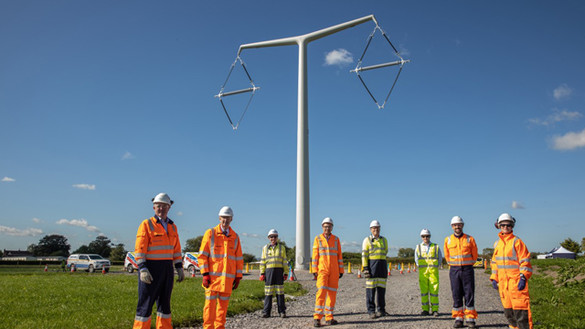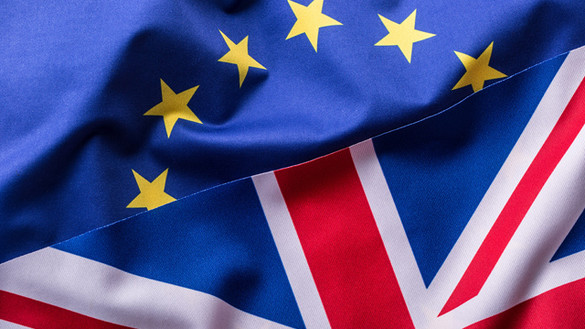
Connecting electricity systems for a greener Britain
National Grid’s Nick Sides explains how the company’s interconnectors – undersea cables that allow us to exchange energy with neighbouring countries – are contributing to creating a greener Britain.

I’m very proud to be part of the team that is building our interconnector business. It’s not very often that you get to do a job that you enjoy and at the same time one that delivers so many benefits to so many people, by helping to make Britain’s energy system greener and more reliable.
Interconnectors are huge undersea electricity cables that enable the exchange of energy between Britain and its neighbouring countries. Their construction is an amazing feat of engineering, involving laying high-voltage cables below the seabed to ensure they’re protected, in waters often up to 600m deep.
Powering up to 8 million homes
We currently operate three interconnectors with another three under construction, meaning that by 2024 the UK’s energy network will be connected to those of France, Netherlands, Belgium, Norway and Denmark. In total, National Grid’s Interconnector portfolio will have the capacity to import and export 7.8GW of power – enough to provide electricity to 8 million homes.
By bringing more affordable electricity from these countries into Great Britain, we can help reduce electricity bills for energy consumers. Additionally, by connecting Great Britain to broader and more diverse sources of energy, interconnectors are also contributing to making our electricity system more secure.
What really inspires me and my team, what really gets us out of bed in the morning, are the benefits that our interconnector business delivers to the environment.
However, what really inspires me and my team, what really gets us out of bed in the morning, are the benefits that our interconnector business delivers to the environment.
Interconnectors enable the movement of surplus renewable electricity from where it’s produced to where it’s needed most. For example, when the sun isn’t shinning or the wind isn’t blowing in the UK, we’ll be able to draw on carbon-free Norwegian hydro power through North Sea Link (the interconnector to Norway that we’re currently building). Meanwhile, on very sunny or windy days, excess British renewable energy can be stored in Norwegian lakes, utilising every spare electron of zero carbon power.
See interconnectors' real-time impact
These environmental benefits will only increase with the growth of renewable power and by 2030 we forecast that the electricity coming through our interconnectors to Great Britain will be 90% carbon free. But we don’t have to wait until 2030 to see these benefits ... right now our operational interconnectors are already reducing carbon emissions. Our new carbon dashboard shows the impact of each of our interconnectors in real time.
You can use the dashboard to view the total carbon saving across our interconnector portfolio or click on the name of an interconnector to find out more about its individual impact during the last hour, day, week or month. You can also click on the tree and car icon to find out what this saving means in terms of the equivalent number of cars taken off the road or trees planted.
For example, just this month our three interconnectors have saved 17,616 tonnes of carbon, equivalent to 11,000 cars off the road or over 800,000 trees planted.*
Visit the National Grid Power of Now site for more information.
*As at 9am, 09/12/2019

